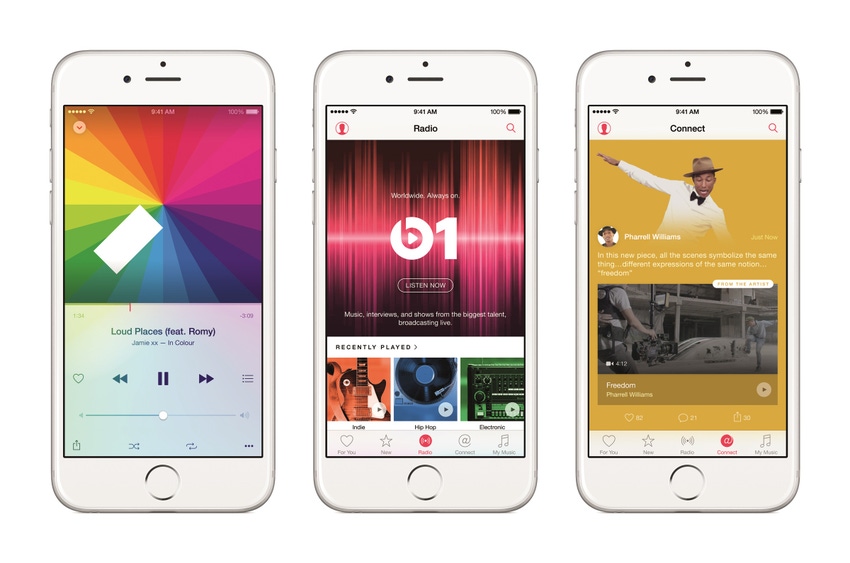The latest numbers from Kantar reveal Apple gained smartphone market share in all five of Europe’s big country markets, with the only negative a decline in the US.
August 6, 2015

The latest numbers from Kantar reveal Apple gained smartphone market share in all five of Europe’s big country markets, with the only negative a decline in the US.
Apple’s share is pretty varied across the continent, with the UK the clear leader, having experienced a jump in iPhone sales share from 29% to 34% since Q2 last year. At the other end of the scale the Spanish are only reluctantly warming to the iPhone, but even there things are moving in the right direction, with Apple’s share increasing from 7% to 9% in that time.
Elsewhere, while Apple’s share of the US market fell from 33% to 31%, it leapt in the world’s biggest smartphone market: China, where is moved to 20% from 13% a year ago. This is especially impressive when you consider the strength of Chinese vendors such as Huawei and Xiaomi. Australia is also on the up with a nine-point share increase while things are even moving back in the right direction in Japan.
“Apple iOS returned to growth across all of Europe’s ‘big five’ markets, as it recorded its first year-on-year gain in France since February 2015,” said Carolina Milanesi of Kantar. “In the U.S., as we forecasted last month, Android’s growth continued in the quarter ending June 30, with both Samsung and LG increasing their share sequentially. Forty-three percent of all Android buyers mentioned a ‘good deal on the price of the phone’ as the main purchase driver for their new device.”
“In Europe, Android’s performance was mixed, posting its strongest year-on-year share drop in Germany since the beginning of 2015,” said Dominic Sunnebo of Kantar. “The size of the screen was the main purchase driver for Android buyers across all of Europe’s big five countries. Although screen size has grown in importance as a purchase driver since the launch of the iPhone 6 and 6 Plus, iOS buyers are generally driven by a wider list of factors, such as phone reliability and durability, as well as the quality of the materials.”
“In urban China, Huawei took the top spot in the smartphone vendor ranking based on the success of its Honor lineup,” said Tamsin Timpson of Kantar. “Both Huawei and Xiaomi have been able to expand their appeal to a wider range of consumers by extending themselves beyond their initial market positioning. Huawei now attracts a younger and more affluent base with its Honor brand, while Xiaomi also appeals to older users, who look for reliable, good-value-for-money offers.”
The picture is looking pretty rosy for Apple, with Samsung struggling and even questionable new products such as Apple Music proving popular, its hold over the premium price tier looking stronger than ever. Apple has successfully adapted to the underlying trends that had been damaging its sales a year or two ago, especially screen size, and even in less affluent markets some consumers are prepared to pay top dollar to get hold of the Apple brand. It’s not obvious what Android vendors can do, other than continue to drive down prices, to counter this trend, and their future may lie in Google’s hands.
About the Author(s)
You May Also Like








.png?width=300&auto=webp&quality=80&disable=upscale)


_1.jpg?width=300&auto=webp&quality=80&disable=upscale)


.png?width=800&auto=webp&quality=80&disable=upscale)